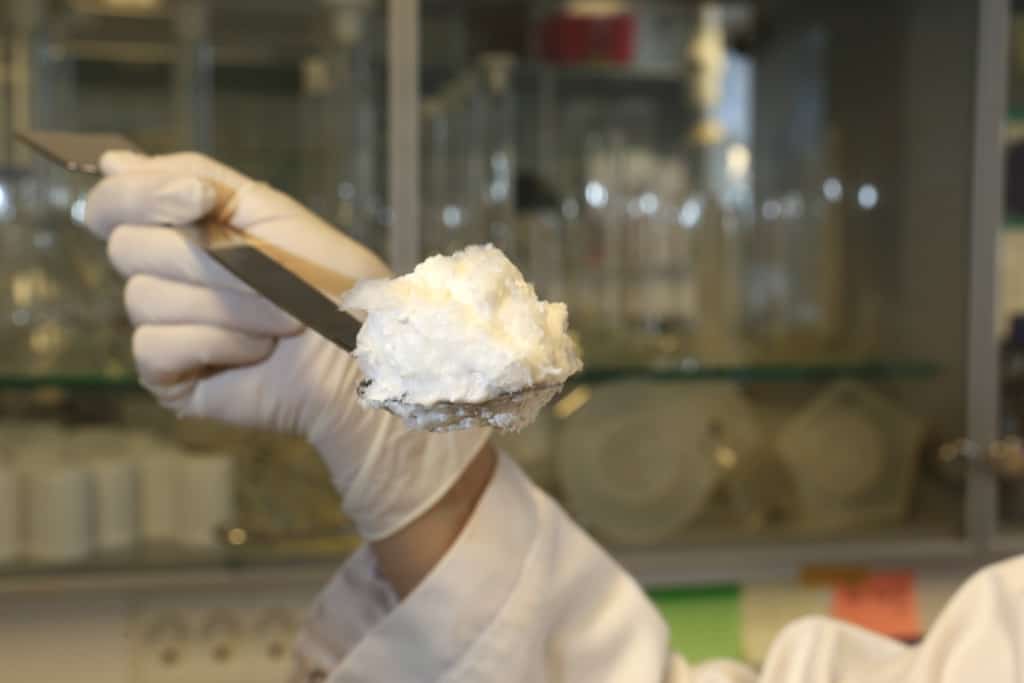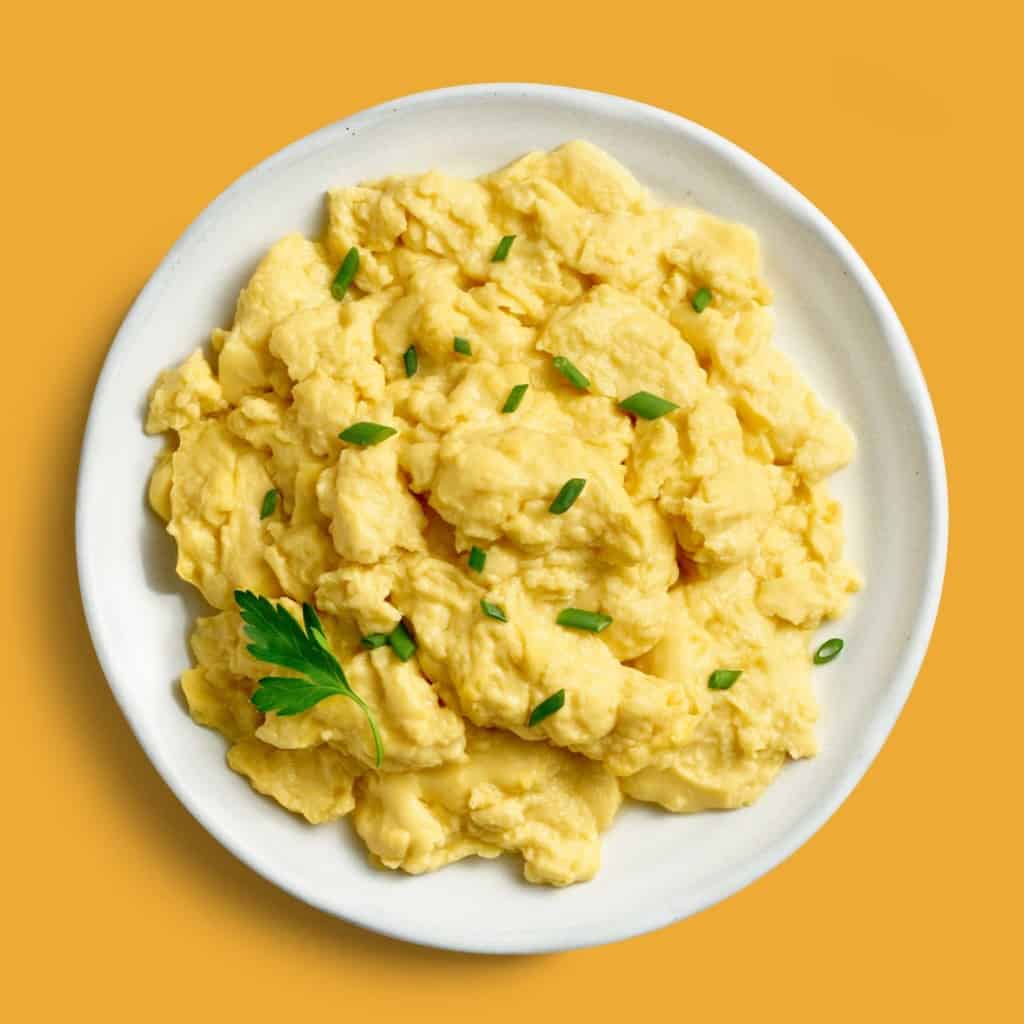Researchers in Finland have developed what could be the first fungi-based egg white. Using precision fermentation to produce the fungi-based egg has the potential to reduce land-use requirements by almost 90% and greenhouse gases by up to 55% when compared to chickens.
As egg white is one of the most important protein ingredients for the food industry, scientists at the Future Sustainable Food Systems research group at the University of Helsinki, together with VTT Technical Research Centre of Finland, have shown that fungus-produced ovalbumin could have the potential to mitigate a large part of the environmental burden associated with chicken egg white powder.

Using the fungus Trichoderma reesei, the food tech scientists have produced ovalbumin – egg white protein – in powder form suitable for large-scale industrial production. The research team claims the technology would eliminate the risk of salmonella and exposure to antibiotics, as well as drastically cut the estimated 1.6 million tons of egg protein consumed annually.
Sustainable eggs
With intensive egg production contributing to greenhouse gas emissions, water scarcity, biodiversity loss, and zoonotic disease outbreaks, food producers and consumers alike are increasingly looking for sustainable egg alternatives, with 30% of consumers recently stating they would choose vegan eggs over conventional ones. Many plant-based options – such as Nabati or JUST Egg – are already on the market, though biotech-based alternatives such as the University of Helsinki’s could offer greater functionality at scale.

“VTT has succeeded in producing ovalbumin with the help of the filamentous ascomycete fungus Trichoderma reesei. The gene carrying the blueprints for ovalbumin is inserted by modern biotechnological tools into the fungus which then produces and secretes the same protein that chickens produce. The ovalbumin protein is then separated from the cells, concentrated and dried to create a final functional product,” explained Dr Emilia Nordlund from VTT Technical Research Centre of Finland.





